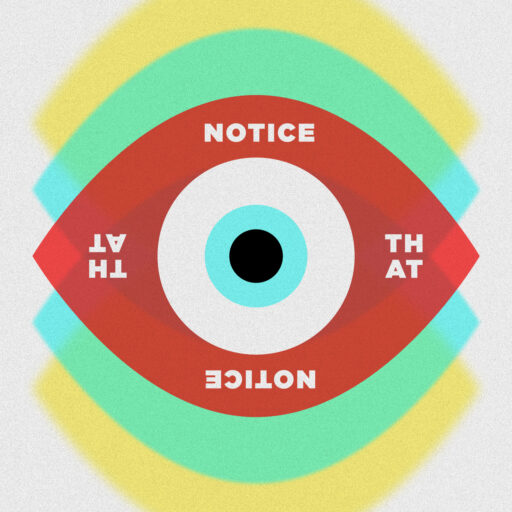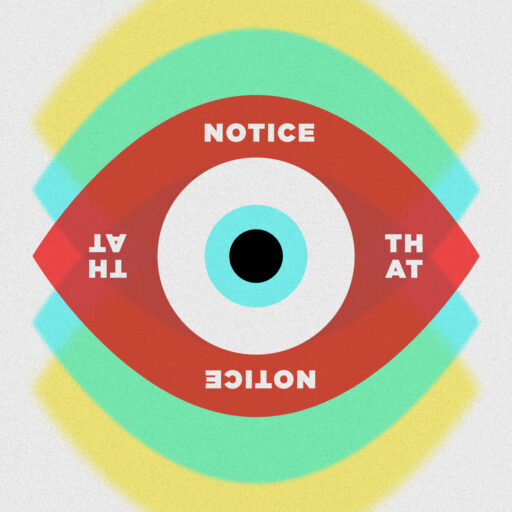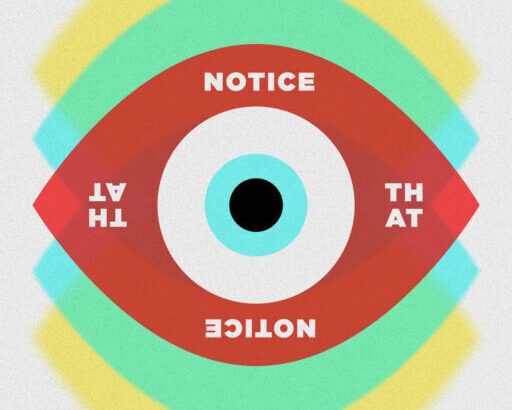Episode 51: State Change vs. Trait Change

Listen in to hear Jen, Melissa and Bridger discuss state change vs. trait change, a rather confusing topic in EMDR therapy.
If you haven’t already, check out our previous episode here!
State Change vs. Trait Change can be sometimes difficult to differentiate.
- State change: shifting or changing the current state of being. Ex: currently in a state of feeling anxious, overwhelmed, etc. and shifting to a different one through resourcing.
- Trait change: longer lasting shifts in perception, perspective and personality. These are bigger shifts completed through reprocessing.
- Personality trait instead of personality “state.”
The goal of the terminology of state change and trait change:
State change:
- Goal 1: The ability to change state reliably portrays how well a client is resourced.
- Goal 2: Great way to build rapport with a client by them feeling the state changes in their nervous system. This is very supportive to the work of EMDR.
- Goal 3: This is a way to increase a client’s affective tolerance. When they have a reliable state change experience, they realize that they can visit harder material and trust we have the tools to regulate.
- Goal 4: Helps us change states if we get out of their window of tolerance.
- Goal 5: To move towards a trait change
- Symptomicological vs. characterological change
- Symptomicolgical being state change
- Characterological begin trait change
What creates states? And is this a result of traits?
- Neuro anatomy tells us we have innumerable neurons, and traits are symbolized by the way the neurons are wired and connected together.
- “The roads through the city.”
- To change the trait, we’d have to “build a new road”
- States are like the traffic on the road. If I want a state change, we change the road but a trait change requires a whole new highway to be built.
- Story follows state follows story- this creates the trait.
- When we are doing trait change, we are changing the story follows state follows story.
- Story is one of the ways we can do state change.
- Story to influence state is a top-down approach and gives minimal relief and is not very effective.
What is it like to intersubjectively introduce state change vs. trait change to clients?
- It’s very relieving to clients.
- It’s also sometimes difficult for the client to imagine this experience.
How to create a trait change?
- EMDR reprocessing (back door) finding the deepest roots of the memories and how do we reprocess this? Through enough reprocessing, we will begin to see trait change.
- New information about themselves and the past experience. They see the situation differently.
- Destroying the old highway and building an entirely new one.
- Self-regulation vs. coregulation
- Trait change- the system will not create a new way of being, interpersonally, if it is not safe to do so.
- When inviting change to the trait, it must be interpersonally experienced and felt in the system.
- A version of co regulation that is experienced in EMDR that involves the client referencing past coregulatory experiences that we create a link to- if they have them.
- It is the pairing of the internalized resources (if they have them) that creates a trait change.
- This is why it’s so important for internal templating and coregulation resources to be present.
- Some systems cannot receive coregulation because of trauma in the past; shame and fear become dominant.
The pairing of Ego State and EMDR within the context of availability of a coregulatory figure.
- Very powerful pairing for trait change.
- Offering a protective figure in session and the client spirals and becomes activated because they cannot accept that figure.
- A dysregulatory system will become very activated because of their experience of interpersonal trauma.
- Ego state becomes such a helpful tool with the installment of a nurturing figure. Conflicting parts create a strong push/pull.
- There are emotional parts that come forward that are trait-specific and invade on the ANP. There are also story state-dependent parts that are purely affect and overwhelm the person’s ability to explain with left hemispheric language of what’s happening in the body.
- This is happening all within the safety of a therapist.
- However, some clients never really had a true coregulatory figure.
- These are oftentimes more traumatized people.
- They will need a combination of EMDR, internalized coregulation and integrated sense of self.
- The experience of reprocessing one traumatic incident or short memory is still a trait change but is different than disintegration from trauma in early life.
Follow us on social media!
Instagram: @notice_that_podcast @beyondhealingcenter417
Facebook: @NoticeThatAnEMDRPodcast @beyondhealingcenter





